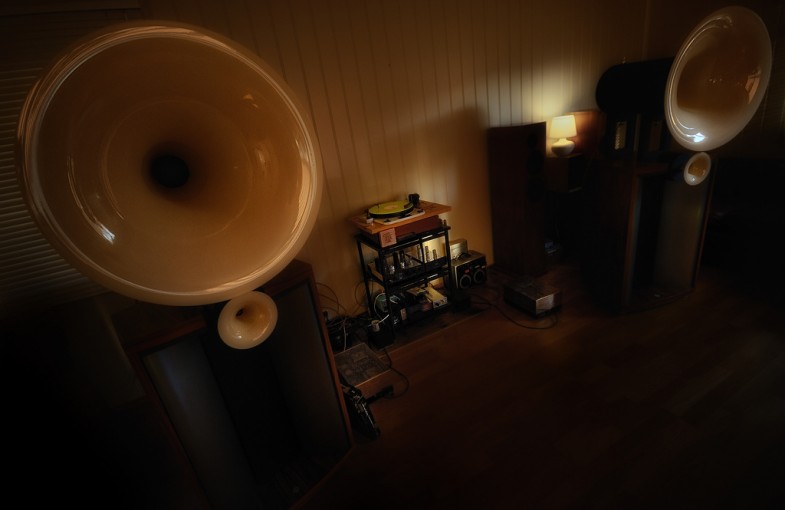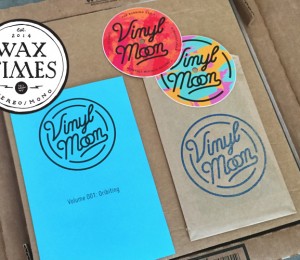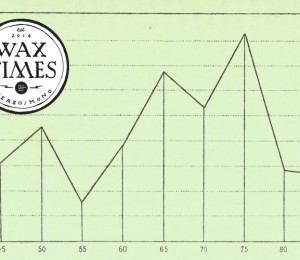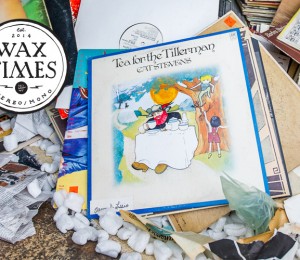Breaking into collecting means picking up a few terms along the way. Collectors have developed a shorthand for many descriptors that provide information about a variety of attributes from condition to label. Mastering these will help better prepare you in evaluating what you already own, what you want to buy, and how much it’s all worth.
Grading
The Goldmine Standard for record grading was established sometime in the 1970’s by Goldmine Magazine. This rubric for evaluation can be compared to the Kelly Blue Book value for motor vehicles. The more damage that occurs to a record, the less it will be worth. The following breakdown for record grading is abridged. First-hand experience is the only way to understand and apply the grading system to albums you own or consider purchasing.
- Mint (M) – Rarely seen or used, the mint rating refers to possibly unopened records, unplayed and basically untouched. Just regard this level of value as the pinnacle of success and assume you’ll never see it. Even factory new records may never come from the pressing plant as mint.
- Near Mint (NM) – The top of the mark for many collectors and sellers, near mint establishes as close of a baseline to perfection as one may ever get. The album will be clean of all defects, possibly unplayed and unopened.
- Very Good + (VG+) or Excellent (E) – Always a solid purchase and rarely an issue to make much fuss about. A VG+ record will be one or two minor issues away from being NM. Collectors stick to this rating and begin to accept subsequent quality albums only based upon scarcity. Reasons that make a record VG+ are minor cosmetic damages to the jacket, sleeve or vinyl, but no defect that will impact playback.
- Very Good (VG) – Imperfections found on VG+ records are more noticeable with VG records, with pronounced and visible damages to the jacket, sleeve and vinyl. Surface noise, pops and and warps that effect playback are common with damage to the jacket or labels including seam splits, stickers or handwriting.
- Very Good – (VG-) or Good (G) – Lots of noise, lots of damage. Approximated value is only 10-15% of original cost.
- Poor (P) – Great for art projects.
One thing to remember about grading records is that the process takes a long time to hone. With experience, collectors can accurately evaluate a record and make a prediction about the quality of playback without ever hearing a single track. However, it’s not a perfect science, and even the most seasoned collector will be surprised at how, on occasion, a record that looks NM sounds VG.
Record Anatomy
Records have parts too, knowing the difference between them can be a big part in identifying one version from another.
- Lip Guard – The outer edge of a record, which is slightly raised to prevent the needle from slipping off the edge when playback begins.
- Lead-in Groove – A groove along the outer edge of a record, where a needle begins playback.
- Grooves – Where all the music is.
- Dead Wax – The area between the last track and the label.
- Matrix Runout – Strings of letters and numbers inscribed or pressed into the dead wax. Though developed for internal use during the manufacturing process, these notations have become invaluable markers for collectors and aid in rebuilding discographic information. On some albums, musicians specifically requested inscriptions be carved into the wax, like obscure messages and symbols.
- Runout Groove – A groove surrounding the label where a needle tracks following the conclusion of each side.
- Label – The sticker in the middle featuring information about the album including artist and track titles.
- Center Hole – Aligned to the exact middle of your record is the center hole where the spindle on your turntable is inserted. Sometimes records are mispressed and will be off-center. This can affect playback quality in sever cases as the needle will be unable to track the grooves properly.
- Jackets and Sleeves
- Different types of design, printing and construction all designed to do one thing, protect the record.
- Jacket – The outermost part of an album, designed or covered with artwork related to the album. Jackets come in many forms, though most commonly as:
- Gatefold – Opens like a book and has a printed spine. Double, triple and more elaborate gatefold jackets are seen less frequently.
- Tip-on or Old Style – Assembled by gluing a printed sheet of paper to the housing (usually cardboard for stability), then cut and folded into the jacket.
- Die cut – More of a sub-genre of the previous two with the addition of a pattern or shape cut into the jacket, usually revealing artwork beneath.
- Shrink Warp – Heat-activated plastic wrapping that encapsulates some new records. Some collectors keep it on (especially if it has hype stickers), others remove it because it can cause static. If it appears the shrink is damaging a record, it should be removed.
- Hype Stickers – Usually on the front, sometimes haphazardly placed. These stickers have all kinds of information from featured songs to artist/review information.
- Sleeve – Sometimes printed, often generic. Sleeves protect the disc and slide into jackets.
- Inserts – Anything accompanying the record that is not part of a typical package (i.e. a record jacket and inner sleeve). Often insignificant pieces of paper can lend immense value to a record if intact and not lost.
This list is a primer on terminology. Have questions or think we missed something really important? Leave a note.
Photo Credit: aha42 | tehaha via Compfight cc
Judging by the Cover Next Post:
What’s Your Record Worth?






















